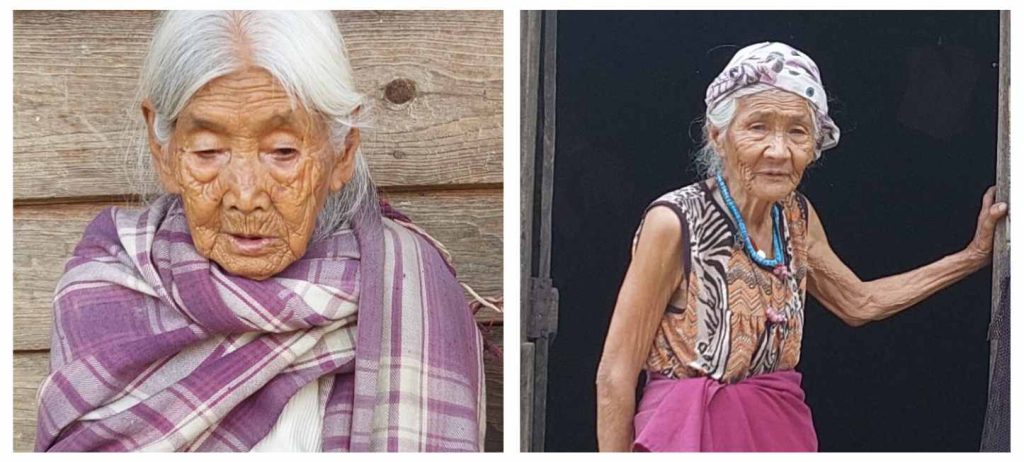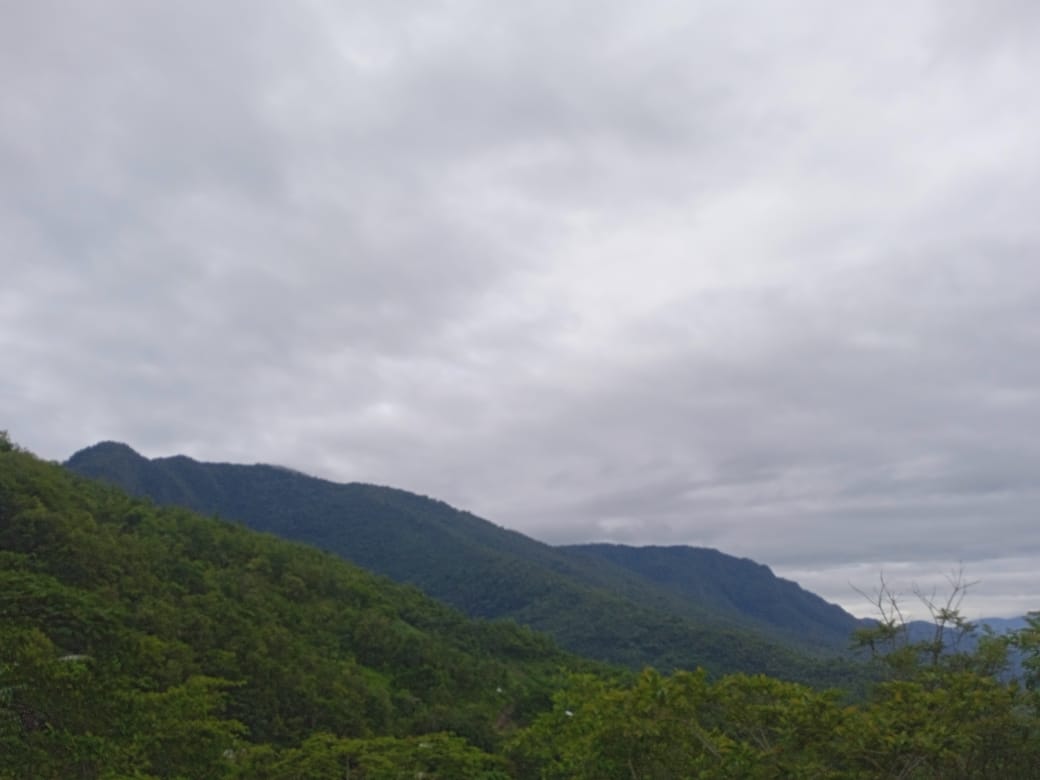Introduction
In Part I of this two-part blog series, we looked at the turbulent history of Machi Village and learned about the courage and dedication of the villagers, mostly women, who returned to rebuild their homes in the 1960s after a tragic event. At the end of Part 1, we also learned that increased felling by timber companies had caused depletion of the forest cover on the village’s land, causing the Village Council to prohibit timber production from village-owned land in the early 1980s. In Part II, we delve into the environmental changes that are affecting Machi and the villagers’ responses to them.
The vanishing forest: climate change and conservation efforts
Village residents perceive that the disappearance of large trees has led to significantly hotter weather. A 78-year-old grandfather remarked:
We moved to this village in 1966, when I came here as a teacher. At that time, the forest was still dense. We could predict a good harvest for the year based on the condition of the plants and flowers. However, these days, even if the plants and flowers appear healthy, unpredictable weather patterns, insects, and other factors affecting the fruiting stage can greatly impact the yield, contradicting our expectations. Consequently, accurate predictions are no longer possible.
He went on to describe two traditional weather forecasting methods:
In the old days, the elders had a method of predicting the weather by observing the moon. If the moon appeared yellow, it was believed that the weather might not be favourable for the year. Conversely, if the moonlight appeared white, it was predicted to be good weather. They could forecast the amount of rain by observing the intensity of the sunlight. Nowadays, predictions rarely prove accurate. The weather has become extremely fickle; regular patterns can no longer be observed. People no longer show respect for forests and trees, and consequently, they have become disloyal to one another.
An 83-year-old grandfather felt that the loss of trees had significantly affected the weather.
‘I moved to this village in 1970. At that time, there were still many large trees.’Pointing towards the mountains north of the village, in the direction of Myanmar, he said:
In the past, I could tell if it was going to rain by looking at that mountain. If it appeared dark, I knew the rain would soon come to us as well. But now, even if it’s dark from that side, the rain doesn’t come anymore. I wonder if it’s because there are no more trees. In the past, my grandparents could predict the weather for the year as early as January and February by observing the wind speed. Their predictions were consistently accurate. Back then, the wind started to blow in January and grew stronger in April. The rain came in May. Now, the wind doesn’t blow, and the rain falls abnormally and untimely.
Apfüse (an elder featured in Part I) further explained that, in the past, even during rainfall, they could wear raincoats and continue working. They would work all day, every day, wearing a pekala (a hooded raincoat made of woven fronds). Nowadays, the sun is scorching, and the intense heat makes it unbearable to expose one’s back to the sun; even walking on the ground becomes difficult due to the excessive heat. And if it rains, it suddenly turns very cold, like winter, making work difficult. Moreover, when entering the deep forest, the ground is dry instead of moist due to the lack of large trees. During rainfall, water levels rise rapidly, but all the water disappears once the rain stops. Natural springs have vanished.
In the village, it is perceived that climate change is occurring due to forest destruction, and both the elders and youth of the village are taking this issue seriously. Cutting down forest trees has been prohibited since 1982, and the village forest and wildlife conservation area have been designated and maintained through a self-sustaining system for approximately 20 years. Cutting trees and hunting wild animals for any reason within the forest reserve is strictly forbidden. Strict rules have been established to ensure compliance with these prohibitions, and the village council and Goanbura group have delegated the responsibility of environmental preservation to the village youth. The village youth are accountable for conserving the forest and patrol the conservation area regularly, as well as making unexpected inspections.During these inspections, individuals found hunting can face fines of up to 5,000 rupees, regardless of whether they have caught any prey or not. If a prey animal is found, the fines range from 5,000 to 20,000 rupees, depending on the species. Additionally, responsible citizens who report violations are eligible for an anonymous reward system implemented by the youth. If the perpetrators do not accept the decisions of the youth and argue, they are handed over to the village council, and the punishment is doubled.

Healing trauma and courageous mothers
The ancestors of the indigenous community founded Machi in the 19th century, and women bravely rebuilt the village in 1962, despite the absence of male leaders due to brutal killings by the Indian army in 1960. The deep attachment of the indigenous people to their land is evident in the history of Machi. The support received from neighbouring communities and other regions, who relocated to the village when it was without male heads, reflects the loving traditions and mutual support within the Pochury tribe. This demonstrated their willingness to stand united and their profound sense of patriotism. It was also observed that, when outsiders entered the community after the village was destroyed and then reconstructed, the natural resources of the village were shared. However, it is apparent that the population growth resulting from migration to the village and subsequent resource sharing has had adverse impacts on the local environment. Now, the locals are aware of the damage and are restoring the forests in their own way, emphasising the profound care and concern they have for the environment.
I couldn’t help but feel that the hardships endured by Machi’s ancestors were too much for any human being to bear. I wanted to understand how one can heal from such traumas and resentments caused by such a bitter and painful experience. However, both Apfüse and the Rev gave me the same answer: ‘Judgement and forgiveness do not come from human beings but from above (God). If human beings harbour hatred and seek revenge, the world will never find peace. But our young people must learn the history.’ Hearing their response, I could feel my heart racing and warm tears streaming down my face. I couldn’t express enough respect for them.
When I heard how the village had been rebuilt under the leadership of the women, it left me deep in thought. I wondered about the immense strength displayed by these mothers as they reconstructed a village that became filled with happiness and cherished memories. It was a place where couples and lovers resided, a community known for mutual support and the sacrifices made by beloved husbands and children, as well as fallen fathers.
I couldn’t help but marvel at the courage of these women, who rebuilt the community despite the haunting memories of the past. Today, thanks to the visionary mothers, Machi village stands as a historic village of the Pochury people. Pochury Black Day is now celebrated every September 6th in Machi village.
To conclude, I would like to extend my special thanks to the Head GB and all the respondents who answered all the questions I had. It is thanks to their cooperation that such valuable information has come to light, and the entire study process went smoothly. This trip has become an unforgettable milestone in my life.
A Village Reborn by the Hands that Rock the Cradle.
Visit to Machi- Part II


